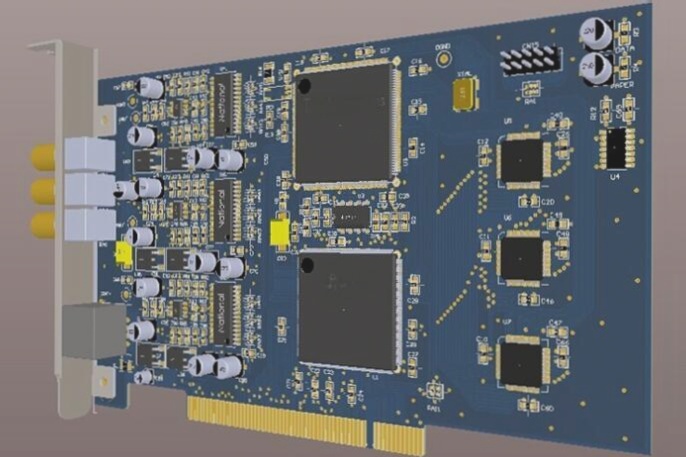Printed Circuit Board (PCB) Industry Overview
Printed circuit boards (PCBs) are essential substrates used for assembling electronic components. With a global output value of US$45 billion per year, the PCB industry ranks second only to the semiconductor sector in the electronics industry. Notably, China’s growth rate in this industry surpasses the global average, positioning it as a key player in the market.
Shift Towards China
Due to cost advantages and a robust market, the PCB industry is gradually transitioning towards China, which has emerged as the fastest-growing PCB market globally. Low-end PCBs with fewer than 4 layers face intense competition and pricing pressure from downstream manufacturers. In contrast, high-end PCBs such as High-Density Interconnect (HDI) boards require advanced technology and craftsmanship, leading to high entry barriers and a supply shortage in China.
Rapid Expansion and Development
Chinese PCB manufacturers are rapidly expanding their production capacity, focusing on high-end products. This growth trajectory indicates significant potential for further development within the Chinese PCB market.
Challenges and Opportunities
While Copper Clad Laminate (CCL) and downstream machine products exhibit higher concentration and bargaining power compared to PCBs, they face challenges related to product dependence and market segmentation. Large CCL manufacturers are scaling up production, emphasizing industry consolidation and price competition. However, short-term profit fluctuations are inevitable amidst market concentration.
Environmental Regulations and Innovation
Increasing raw material costs and stringent environmental regulations in China are reshaping the PCB industry landscape. Companies with weaker competitiveness are exiting the market, while technological innovation and meeting high-end customer demands remain crucial for sustaining profitability in the PCB sector.
Future Trends
The evolution of PCBs is driving advancements in high-end electronic yarn production, with a shift towards specialized electronic textiles. The industry is moving towards in-house manufacturing facilities, emphasizing larger investments and higher production concentration.



